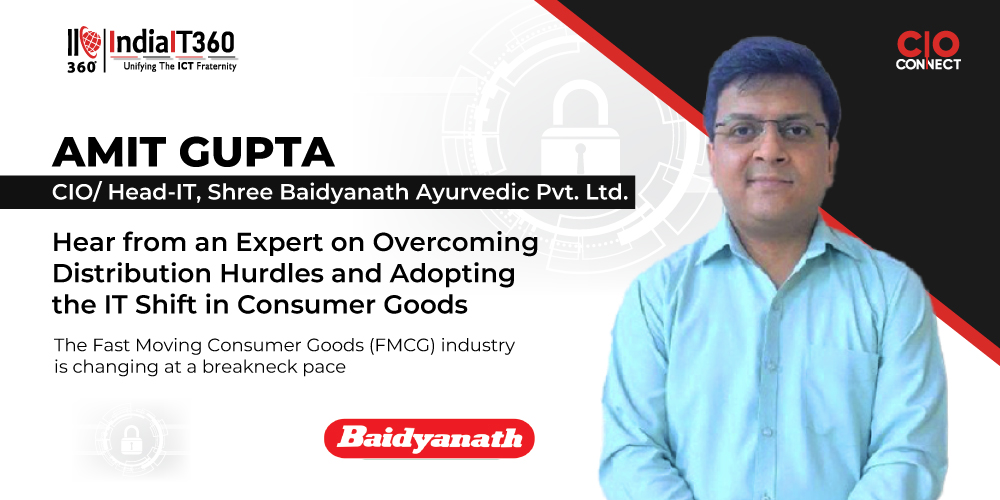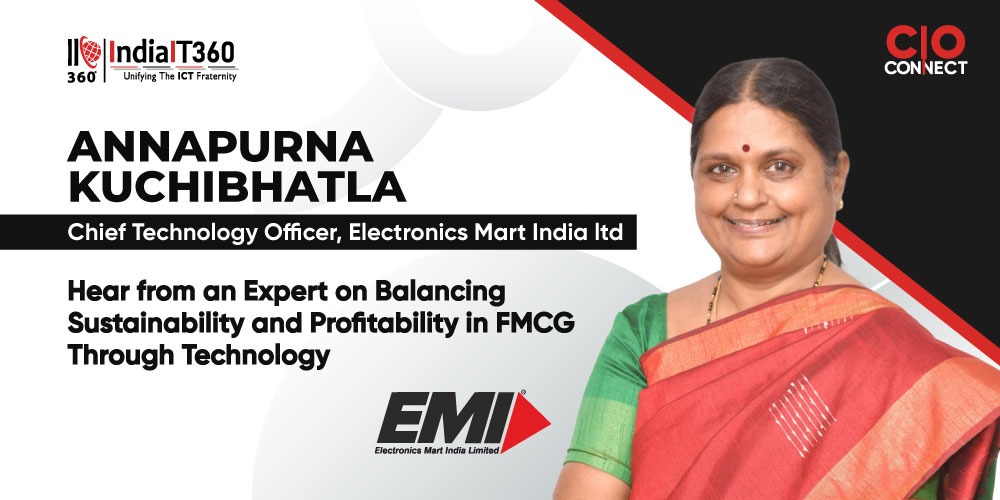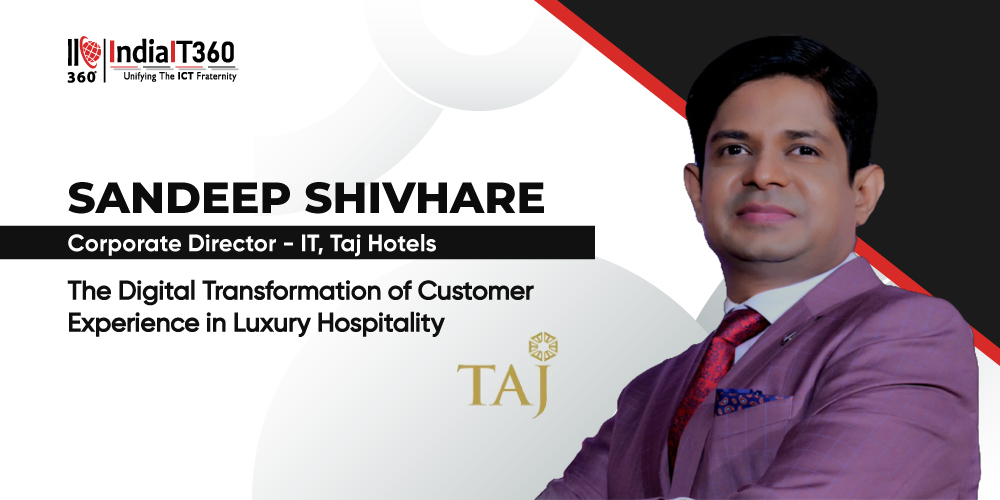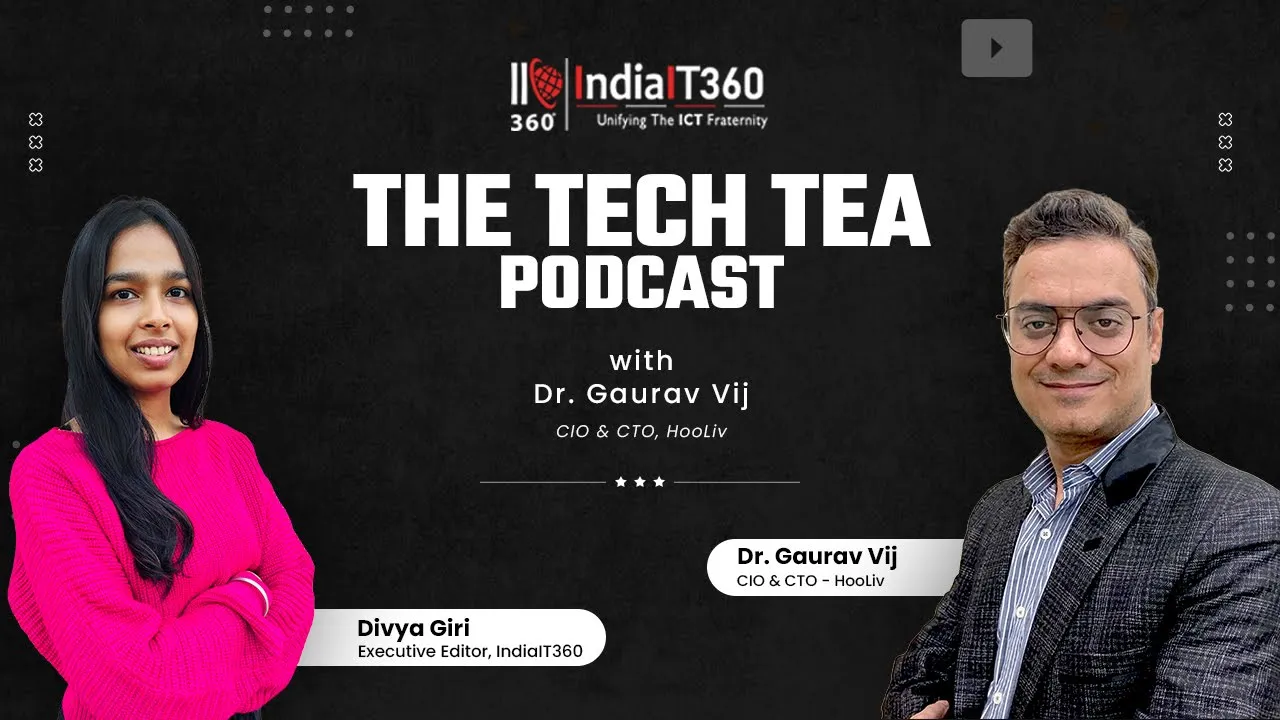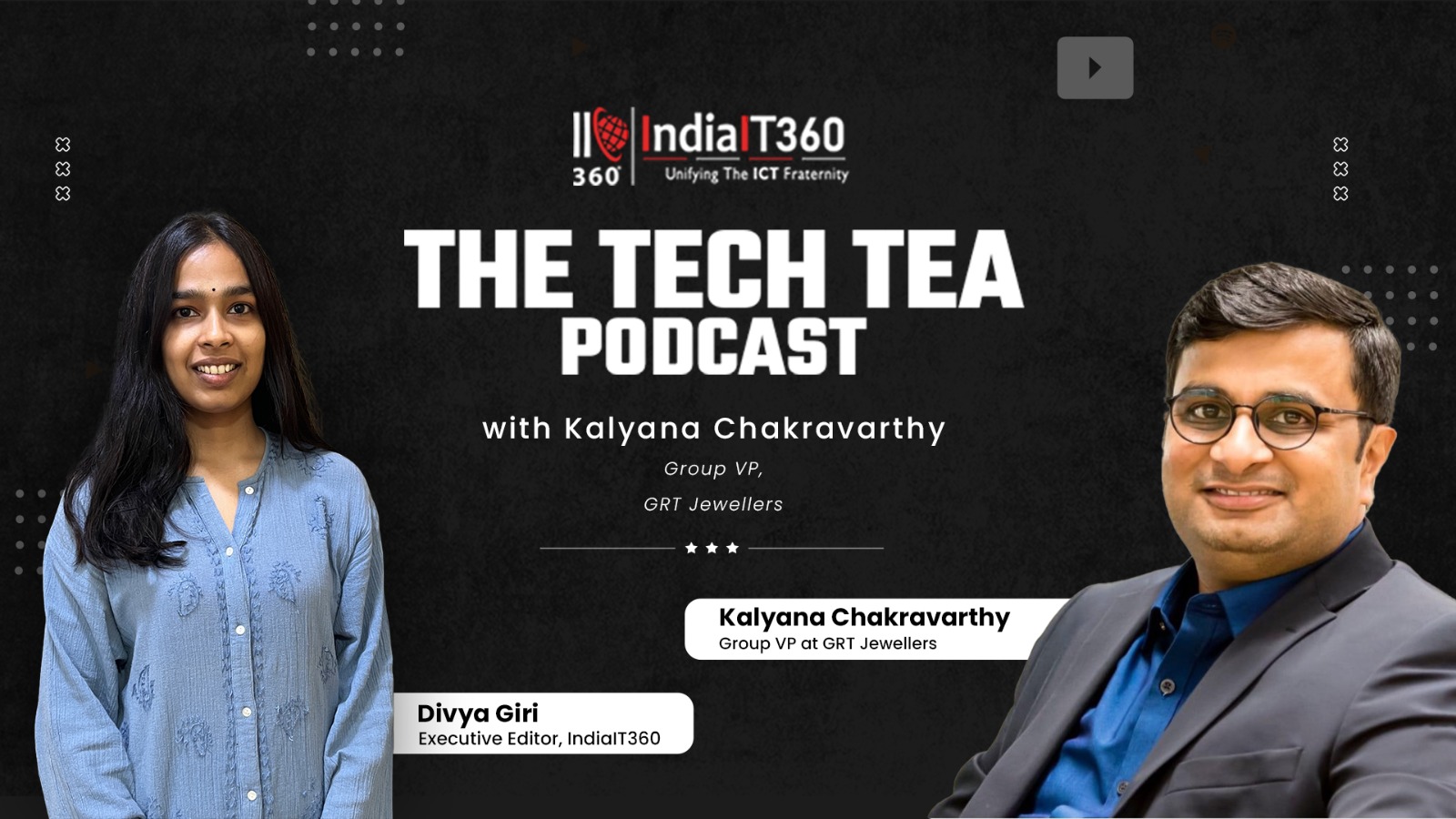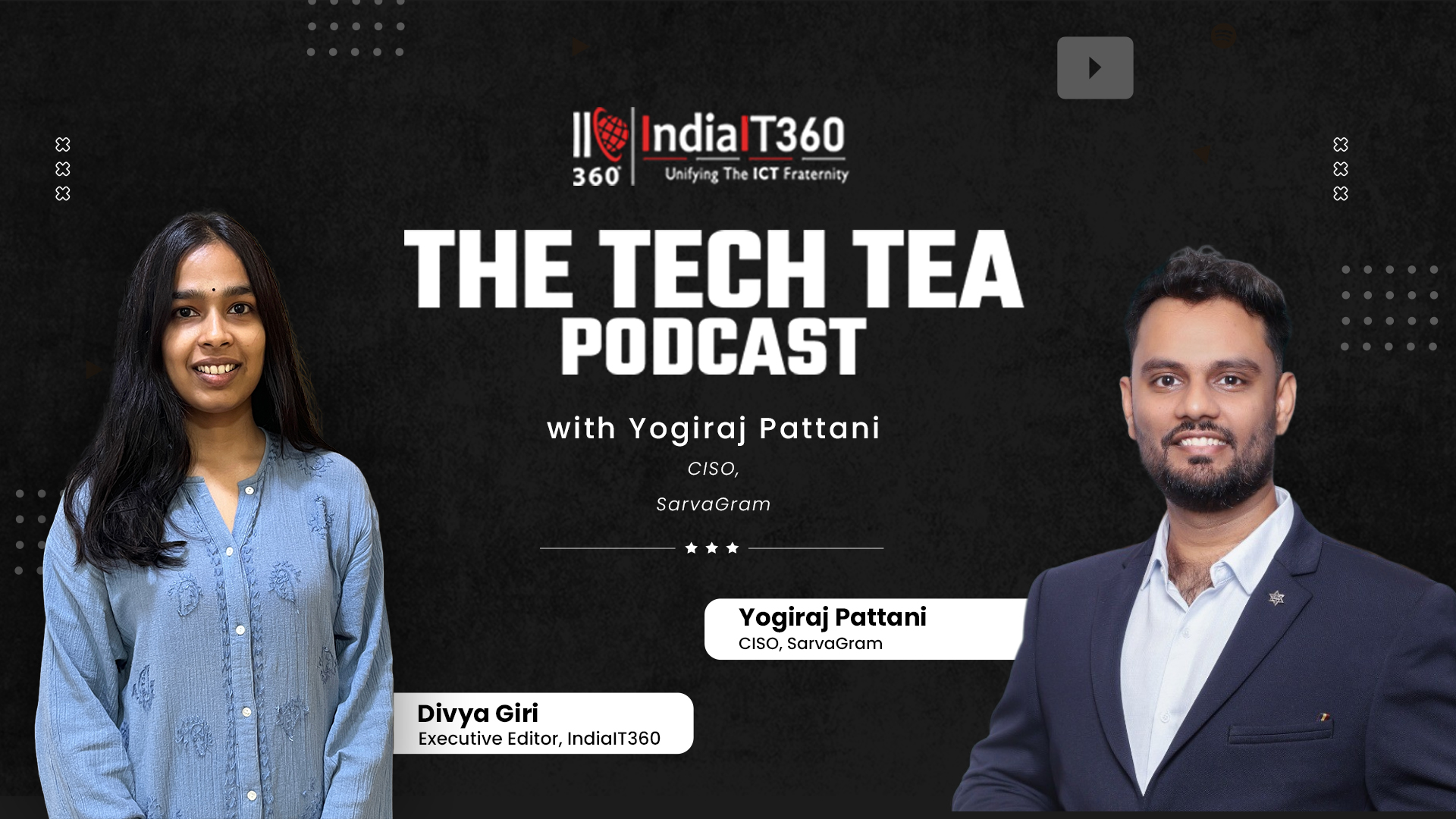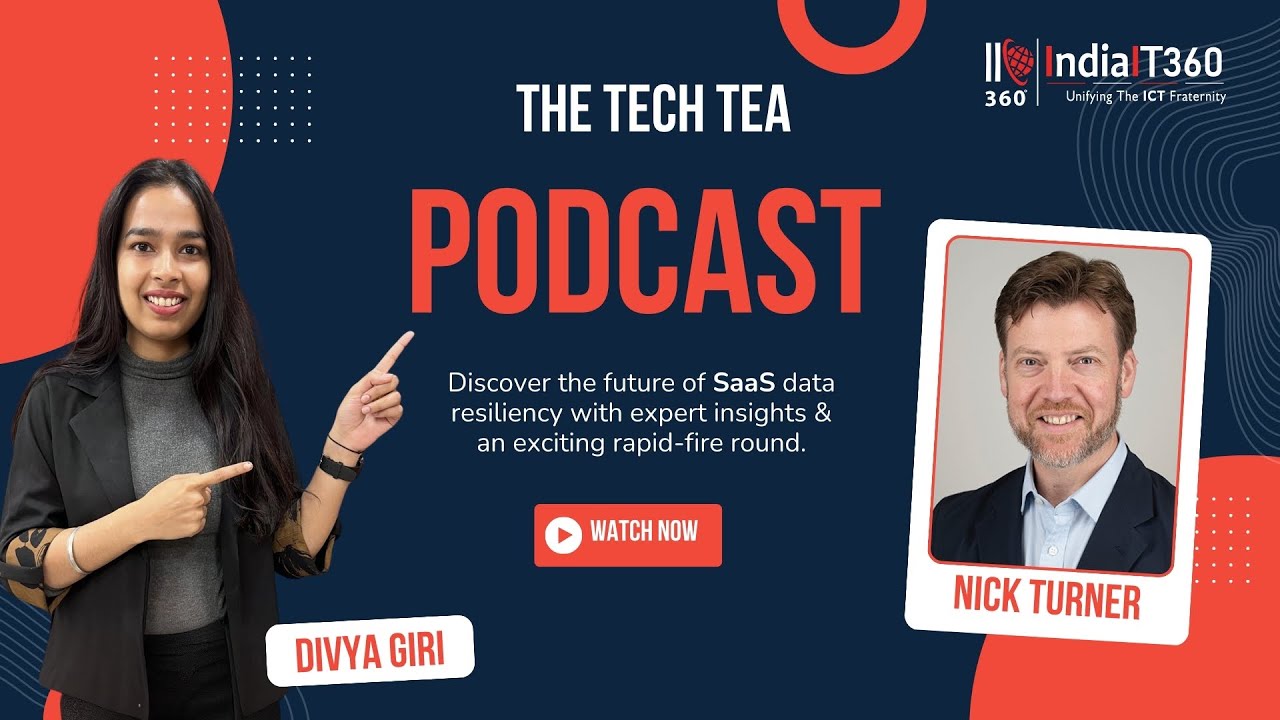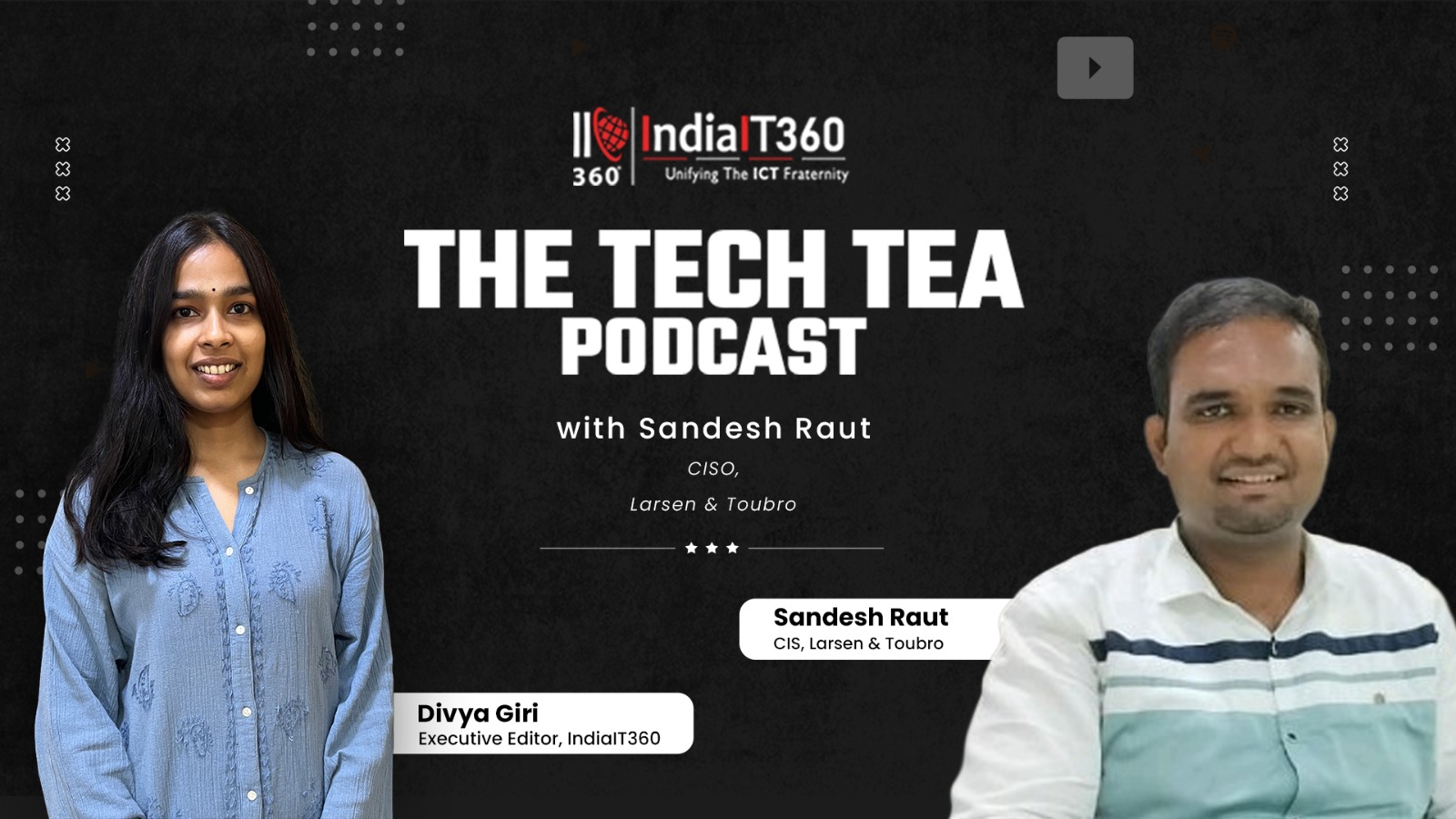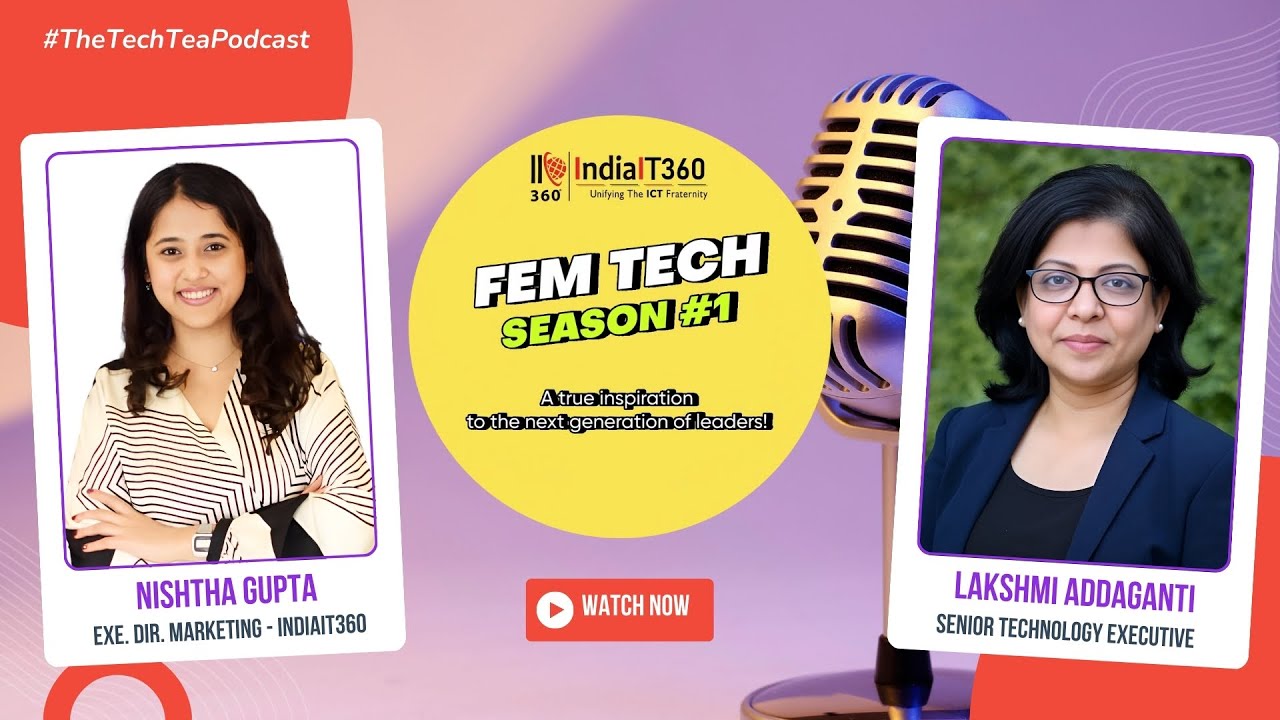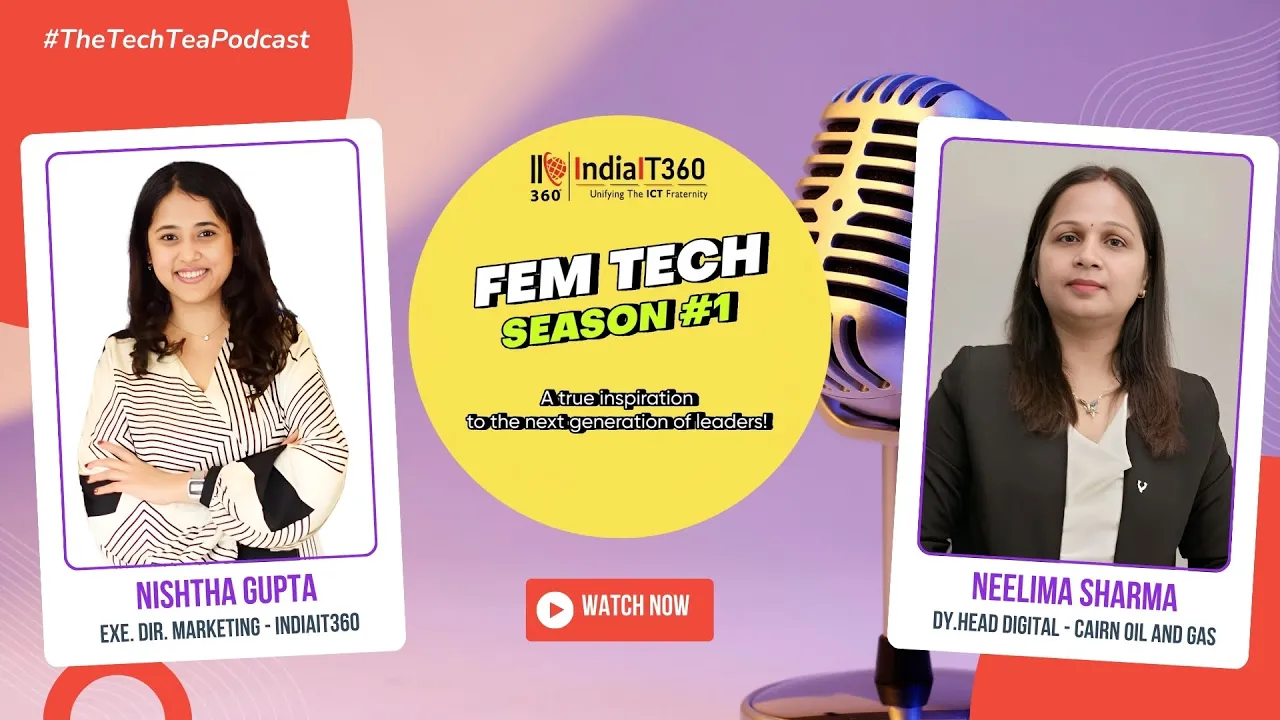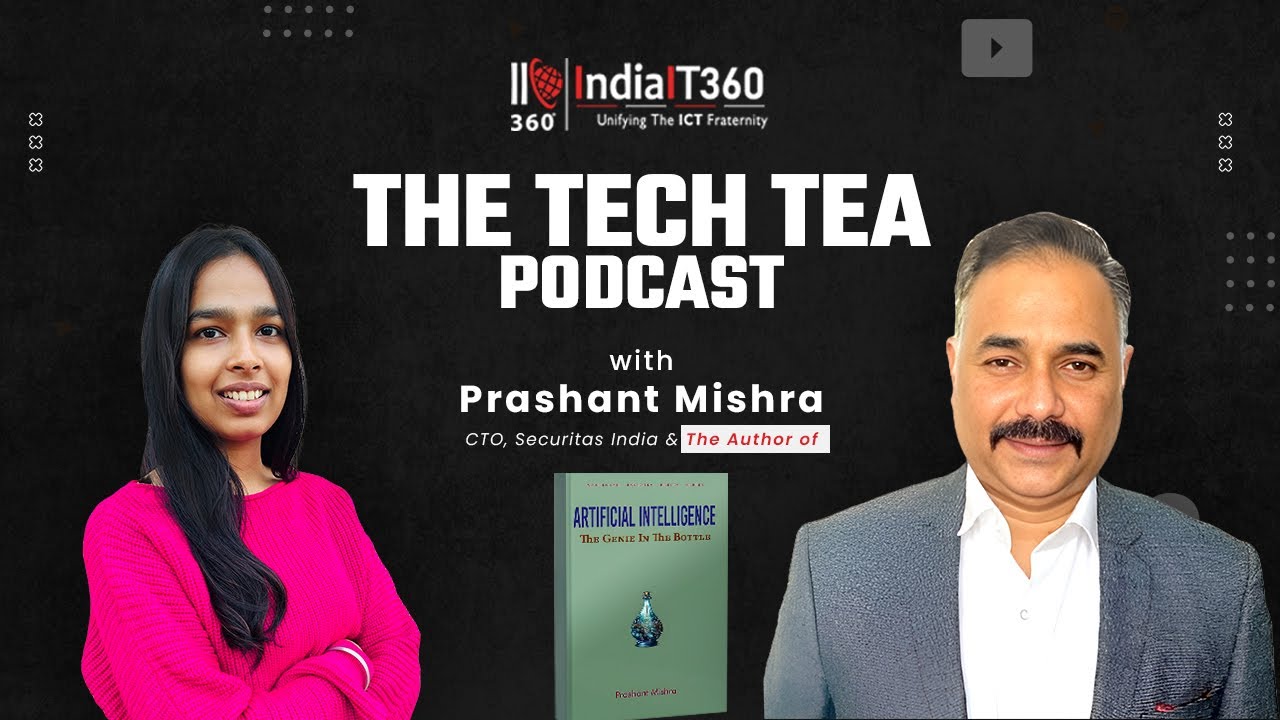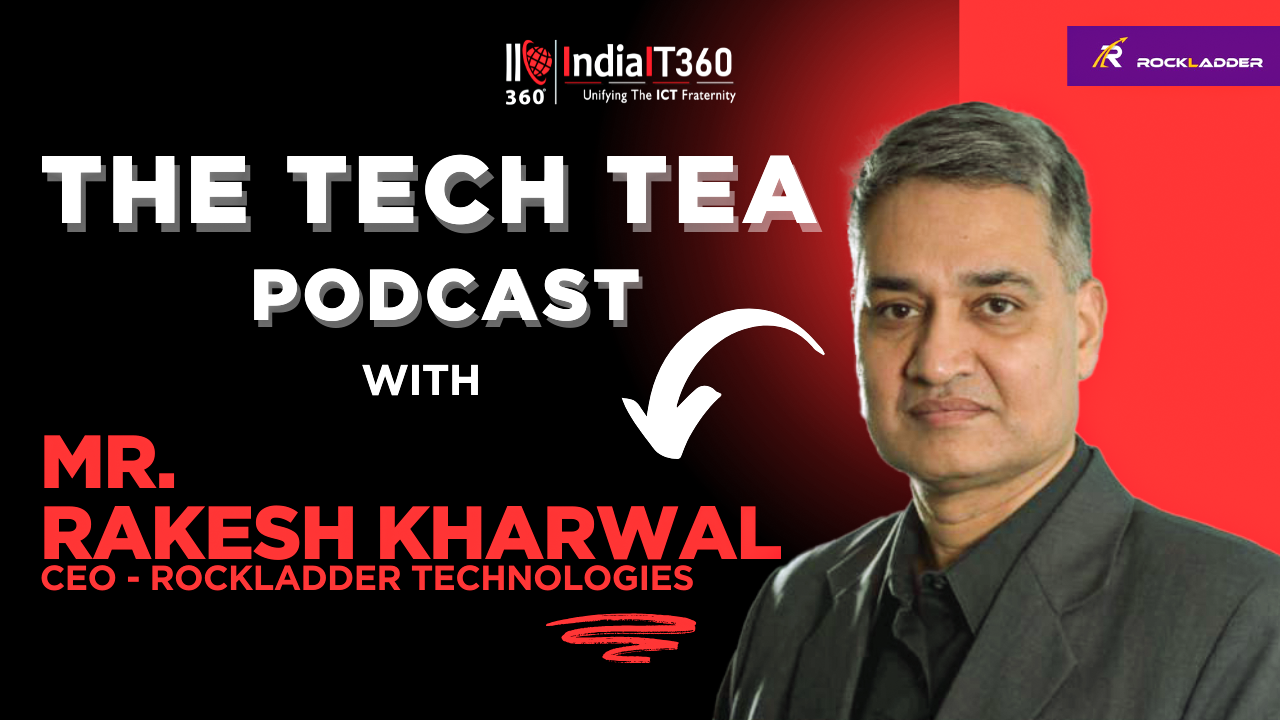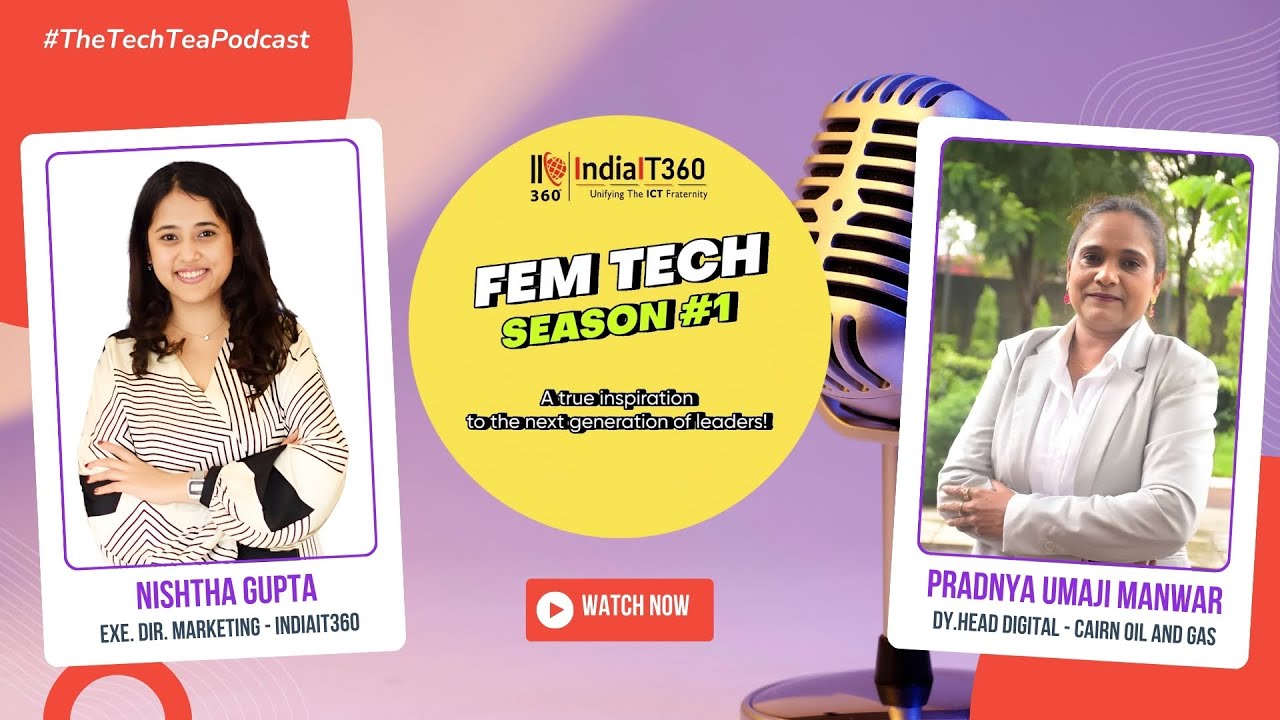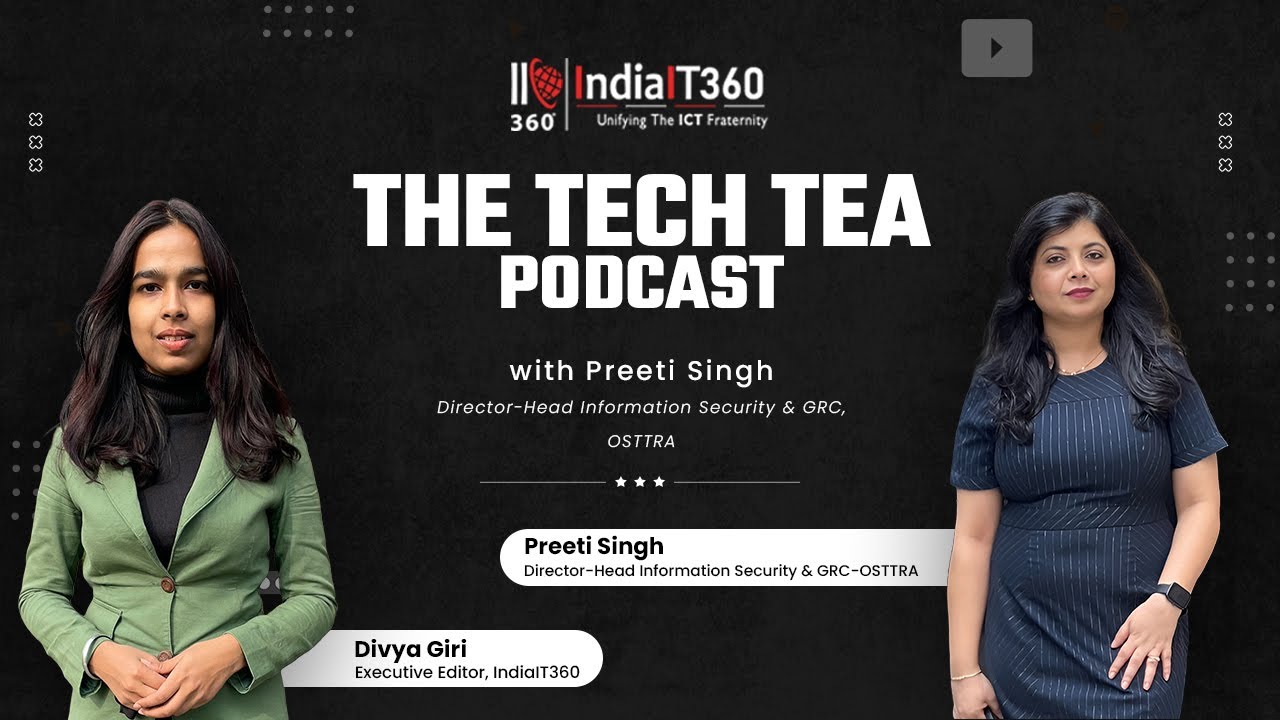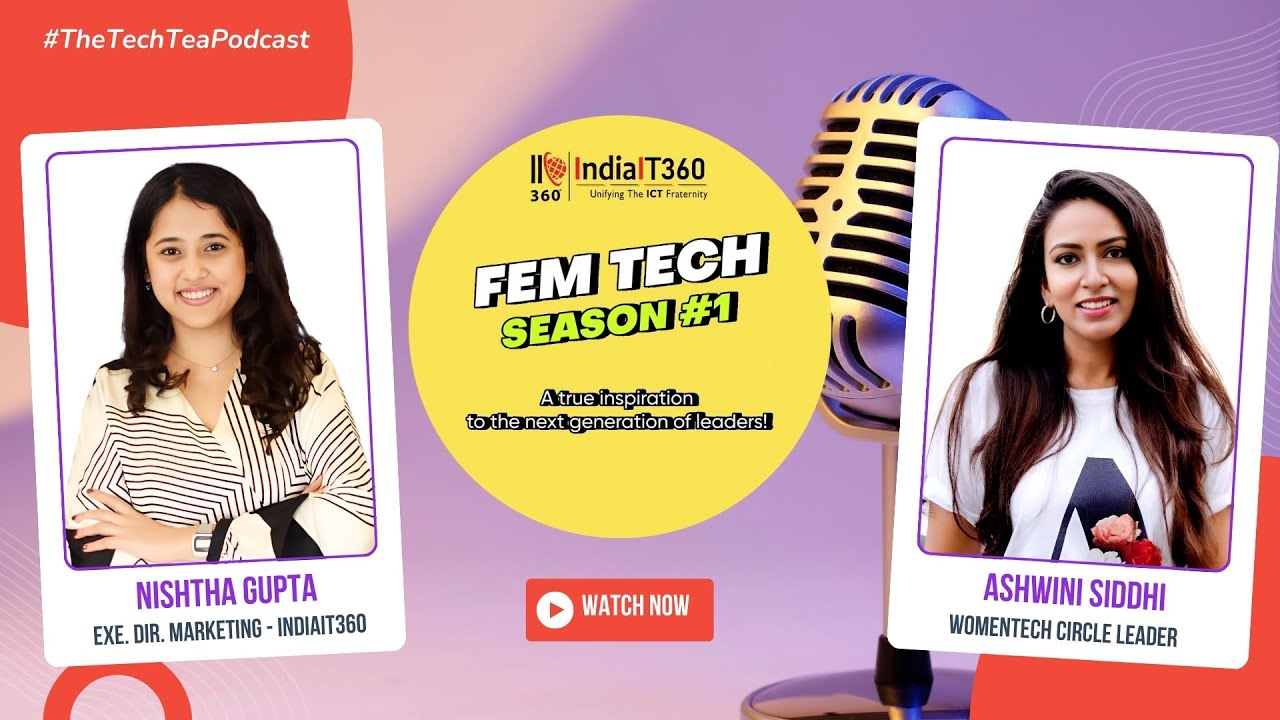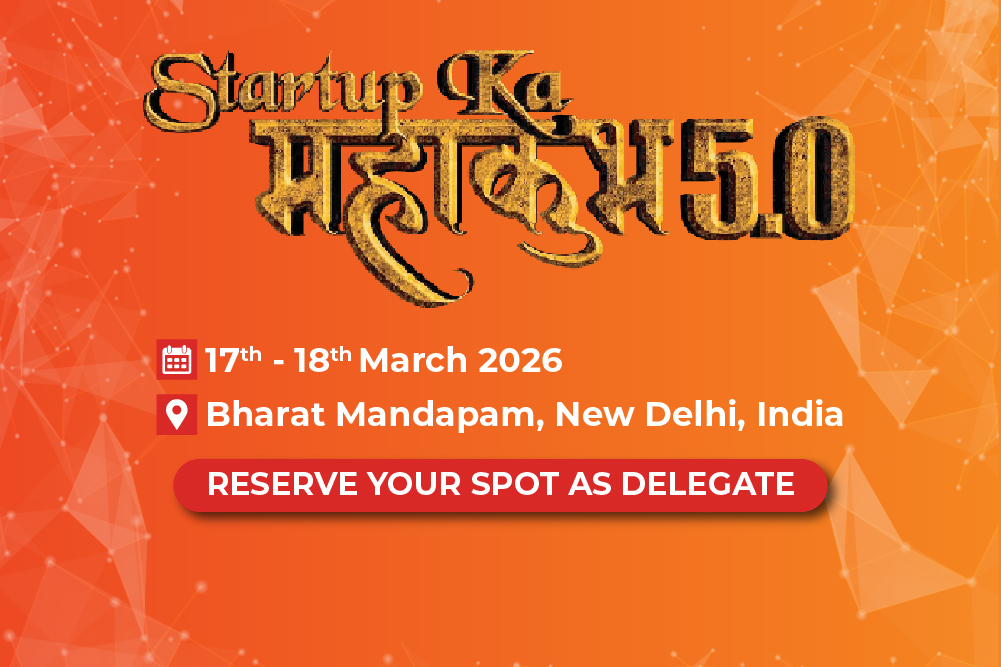Leaders Tech Talk: Balancing Sustainability and Profitability Through Technology
Hear from an Expert on Overcoming Distribution Hurdles and Adopting the IT Shift in Consumer Goods
The Fast Moving Consumer Goods (FMCG) industry is changing at a breakneck pace, especially in the wake of the pandemic. Nowadays, consumers are looking for a smooth mix of online and offline shopping experiences—convenience and consistency have become essential, whether they're browsing in-store or online. This shift has made FMCG distribution more complex, compelling both manufacturers and distributors to adapt swiftly or take the risk of being left behind.
On a global scale, the FMCG market is expected to hit USD 15.36 trillion by 2025 (according to Allied Market Research), underscoring the importance of addressing evolving consumer demands. Focusing on India, the FMCG market is projected to surpass USD 220 billion by 2025, driven by increasing incomes, urban growth, and a surge in rural demand. Digital sales now account for over 8% of FMCG revenues, with e-commerce anticipated to grow at a staggering rate of over 25% annually through 2026. With more than 900 million internet users and widespread smartphone use, digital-first and omnichannel shopping behaviors are on the rise.
As supply chains grow and consumer expectations rise, traditional models are finding it hard to keep up. The need for IT-driven transformation is more pressing than ever, yet the uptake of digital tools is still hit or miss. In this environment, embracing IT is no longer optional. Success hinges on data-driven demand forecasting, warehouse automation, personalized marketing, and seamless supply chain integration. For Indian FMCG companies, overcoming distribution challenges is not just a strategic move; it’s crucial for achieving sustainable growth and building customer loyalty.
However, the digital transformation comes with its own set of challenges: handling massive amounts of data—from social media trends and omnichannel sales to intricate supply chain logistics—presents significant obstacles for businesses in the sector.
The Distribution Dilemma
Navigating the distribution landscape in India’s consumer goods sector is no small feat. It ranges from busy urban hypermarkets to the old-fashioned, remote grocery stores in rural areas. Keeping track of stock, predicting demand, and ensuring real-time visibility across this diverse network is a huge logistical hurdle. Surprisingly, many distributors—particularly in Tier 2 and Tier 3 cities—still depend on outdated manual processes and legacy systems. A 2024 NASSCOM report reveals that almost 60% of FMCG distributors in these areas don’t have access to real-time inventory or order management tools because of the connectivity issues.
These shortcomings can lead to stockouts, overstocking, delays in replenishment, inaccurate demand forecasting, and a sluggish response to market changes—all of which can hurt profitability and significantly affecting the bottom line.
What are the major challenges in digital transformation for FMCG companies aiming to build loyalty?
In India, the consumer goods market is undergoing a remarkable shift. With rapid digitization, the boom of e-commerce, and evolving consumer expectations, the distribution sector is now confronted with a new array of challenges that call for a fresh, agile approach rooted in data-driven strategies and collaborative networks.
Some of the main challenges in digital transformation for FMCG companies looking to build loyalty include:
• Limited Access to Direct Customer Data: Since most FMCG sales occur through third-party retailers, brands often lack first-party data about their end consumers. This makes it tough to grasp customer behavior and tailor loyalty programs effectively.
• Fragmented and Isolated Data: The data that is available is frequently scattered across various platforms—sales, marketing, distribution, and third-party systems—making it challenging to create unified, actionable customer profiles essential for loyalty initiatives.
• High Rates of Brand Switching: More than a third of consumers are open to switching brands for a better deal, resulting in low inherent loyalty in the FMCG sector. Keeping customers loyal is a constant struggle, especially when products are perceived as easily interchangeable.
• Personalization at Scale: Today’s consumers expect rewards and communications that resonate with their preferences and buying habits. Traditional loyalty strategies like “buy 10, get 1 free” just don’t work anymore—achieving meaningful personalization demands strong analytics and seamless integration.
• Complexity of Channel Integration: FMCG companies must connect the dots between online and offline shopping experiences, ensuring that loyalty programs deliver a smooth experience across physical stores, e-commerce platforms, and mobile devices.
- Organizational Resistance and Change Management:
When it comes to Organizational Resistance and Change Management, the IT shift demands a major swing in both culture and operations. In many cases, employee pushback or a lack of digital skills can make it difficult for brands to adopt loyalty programs.
- Balancing Rewards with Margin Pressures:
Then there's the challenge of Balancing Rewards with Margin Pressures. In the fast-moving consumer goods (FMCG) sector, where profit margins are razor-thin, loyalty programs need to offer enough value to entice consumers without eating into profitability, especially in markets where price sensitivity is high.
- Rapidly Evolving Consumer Expectations:
As customers become more accustomed to instant digital interactions and rewards, FMCG brands have to constantly refresh their strategies to stay relevant, or they risk being left behind.
To tackle these hurdles, companies often need to invest in technology that brings data together, create direct-to-consumer channels for gathering valuable insights, adopt advanced analytics for hyper-personalization, and ensure that consumers can engage with loyalty touchpoints wherever they interact with the brand.
Why the IT Shift Is No Longer Optional
Consumer habits have evolved. Nowadays, buyers want speedy deliveries, access to products through various channels, and tailored offers—particularly in urban areas where digital connectivity is high.
Businesses can utilize the following to keep up with consumer demands:
- Cloud-based ERP systems
- Real-time tracking tools for distribution
- AI-powered demand planning & forecasting solutions
- Mobile-first platforms for engaging distributors
Yet, for many companies—especially those that are mid-sized—making this transition can feel daunting. Worries about costs, training, managing change, and integrating with older systems often lead to hesitation.
Bridging the IT Adoption Gap
To truly tackle these challenges, companies need to shift their mindset about IT—from viewing it as just a cost center to recognizing it as a powerful growth driver. Here’s how to make that happen:
1. Start Small, Scale Smart adaptive approach
You don’t have to invest in an expensive ERP system to make a difference. Begin with modular, cloud-based tools that can easily integrate with what you already have. Simple mobile apps for taking orders, updating inventory, and invoicing can deliver quick wins and immediate value.
2. Partner with the Right Technology Providers
Collaborate with partners who truly understand the unique needs of Indian distribution. Many tech companies now offer managed services, which can lighten the IT load for your internal teams. This way, you can ensure security, uptime, updates, and support without the constant stress of putting out fires.
3. Train the Frontline with specified objectives
IT adoption often stumbles not because of inadequate tools, but due to resistance from the ground level. Invest in onboarding programs, offer support in regional languages, and provide ongoing assistance for field staff and distributors. Technology should not complicate but simplify work.
4. Use Data as a Compass
Once your IT systems start generating data, make sure to put it to good use. Keep an eye on which distributors are thriving, identify regions that need a little extra help, and spot emerging consumer trends. Turn those insights into actionable steps to mitigate the demand planning gap.
The Road Ahead
The Indian consumer goods market is set to soar to INR 7 lakh crore by 2027, fueled by a surge in rural consumption and the rise of e-commerce. If businesses cling to outdated distribution methods, they risk being left in the dust.
The time to take decision & act now!
Revamping distribution through smart IT adoption isn’t just about staying competitive—it’s about survival. The silver lining? The tools are available, the technology is more budget-friendly than ever, and the ecosystem is primed for change. All it takes is some bold leadership ready to take that first step with action more than words.



